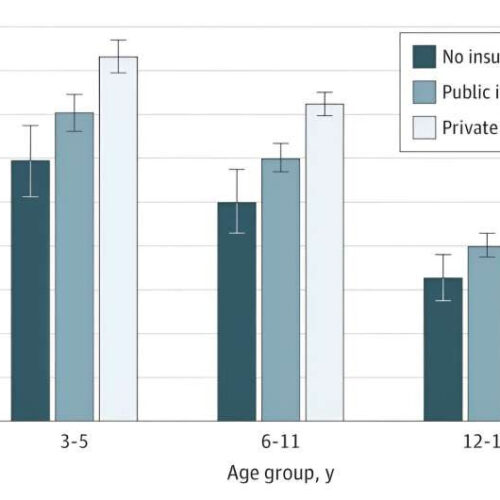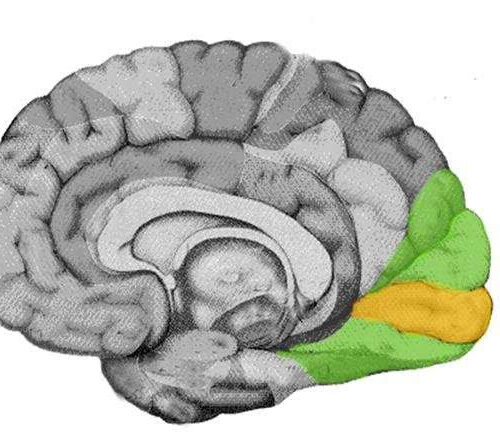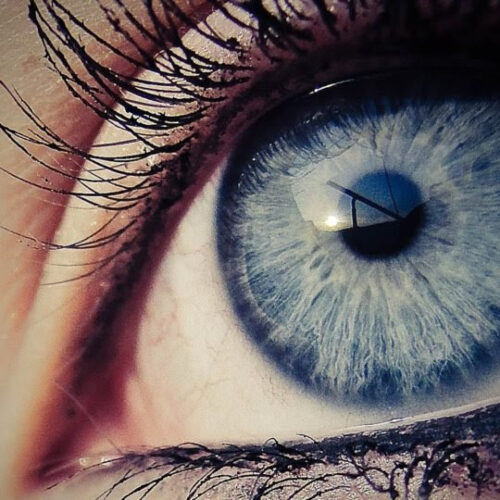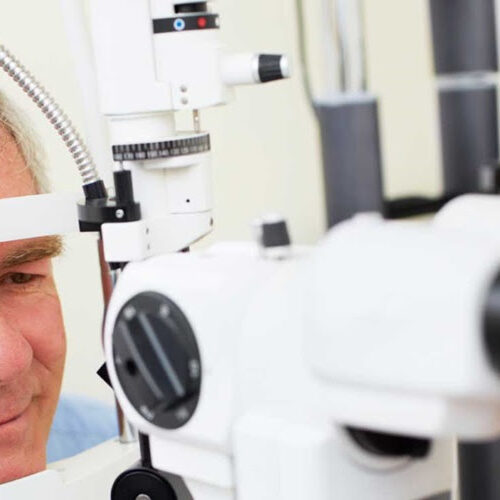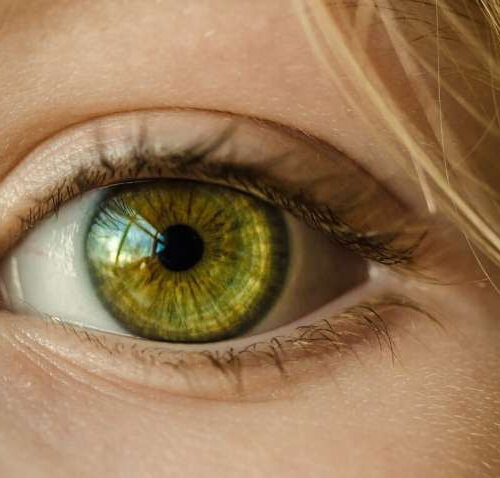by Netherlands Institute for Neuroscience Superior colliculus is involved in figure detection. (A) The stimulus types that were used for the figure detection task. The stimulus consisted of a static grating that differed from the background in either contrast (top left), orientation (top right), or phase (bottom). (B) Two example stimuli (both orientation task). Licking on...
Tag: <span>Vision</span>
You Can’t Prevent Glaucoma, But Here Are 6 Steps to Keep It From Damaging Your Vision
Written by Nishika Reddy, MD | Reviewed by Patricia Pinto-Garcia, MD, MPH Key takeaways: Glaucoma is the second leading cause of blindness worldwide. Glaucoma damages the optic nerve, which leads to vision loss, starting with peripheral (side) vision loss.There’s no way to stop glaucoma from starting. But there are steps you can take to stop...
Researchers engineer in vivo delivery system for prime editing, partially restoring vision in mice
By adapting virus-like particles to carry the machinery for a type of gene editing called prime editing, scientists have corrected disease-causing mutations in animals and increased editing efficiency.Peer-Reviewed Publication BROAD INSTITUTE OF MIT AND HARVARD Prime editing, a versatile form of gene editing that can correct most known disease-causing genetic mutations, now has a new...
Few children—especially those with safety-net insurance—get vision checked at checkups
by University of Michigan Estimated Probability of Primary Care Vision Testing by Age and Insurance Status Error bars represent 95% CIs. Estimated probabilities were calculated using adjusted coefficients held at their mean values after running multivariable analysis. Public insurance meant having public insurance only or both public and private insurance. Primary care vision testing was defined...
Neuroscientists find new factors behind better vision
by James Devitt, New York University Credit: public domain The size of our primary visual cortex and the amount of brain tissue we have dedicated to processing visual information at certain locations of visual space can predict how well we can see, a team of neuroscientists has discovered. Its study, which appears in the journal Nature Communications,...
The brain’s mechanisms for vision depend on other senses
Every moment of our awake lives, images fall onto our eyes and go through a series of processing steps in the brain to inform us about what is going on in the world. A team of researchers led by the University of Amsterdam’s Swammerdam Institute for Life Sciences finds that the time the brain needs to make...
Morning exposure to deep red light improves declining eyesight
by University College London Credit: Unsplash/CC0 Public Domain Just three minutes of exposure to deep red light once a week, when delivered in the morning, can significantly improve declining eyesight, finds a pioneering new study by UCL researchers. Published in Scientific Reports, the study builds on the team’s previous work, which showed daily three-minute exposure to longwave deep...
Behind the scenes, brain circuit ensures vision remains reliable
When it comes to processing vision, the brain is full of noise. Information moves from the eyes through many connections in the brain. Ideally, the same image would be reliably represented the same way each time, but instead different groups of cells in the visual cortex can become stimulated by the same scenes. So how...
Best Way to Age-Proof Your Vision
Reviewed By: Albert S. Jun, M.D., Ph.D. The effects of aging are hardly limited to wrinkles, creaky knees, and gray hair. Just consider the plethora of age-related conditions that can affect your eyes, including cataracts, age-related macular degeneration (ARMD), and glaucoma. What you need to know: Although they are certainly more common in people 50...
How staring at screens can affect your vision
by From Mayo Clinic News Network, Mayo Clinic News Network Credit: Pixabay/CC0 Public Domain More people working from home these days often means more hours looking at computer screens and mobile devices. And eye experts at Mayo Clinic say that could create some temporary vision problems. Reporter Jason Howland explains in this Mayo Clinic Minute....
- 1
- 2


